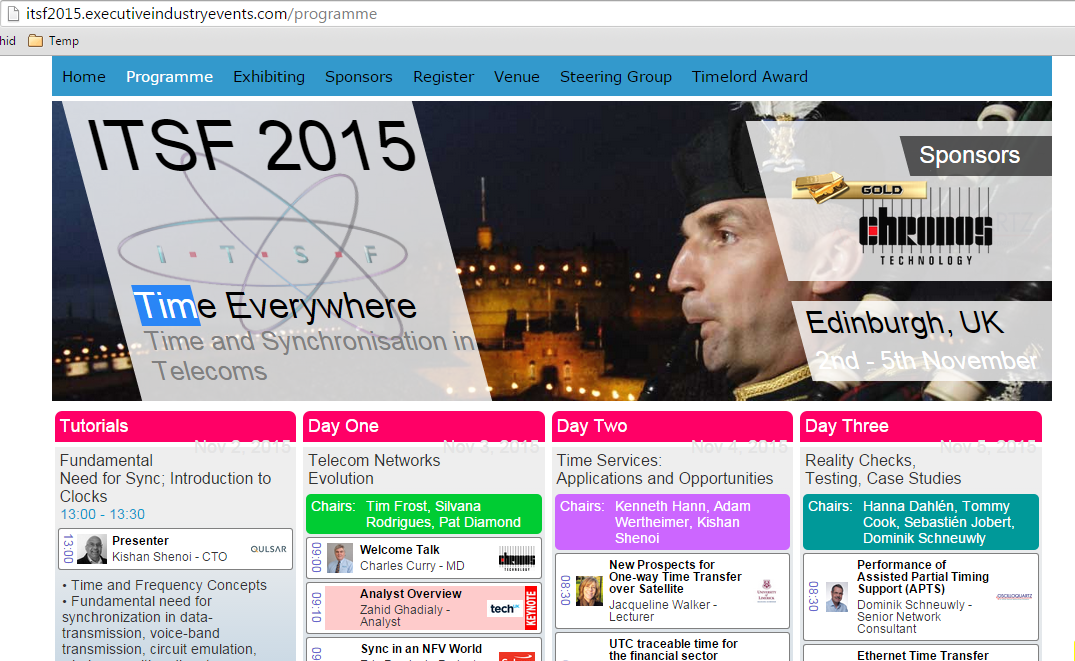3GPP SA6 recently held a workshop on Mission Critical Push To Talk (MCPTT) stage 3 development in Canada. You can look at the meeting report here and download any presentations from here.
An interesting presentation that caught my attention was one on "MCPTT Off-network Architecture". The presentation is embedded below where it is described technically what is meant by Off-network. From my understanding an off-network from MCPTT point of view is one where the UE does not have network coverage.
In such a situation a UE can connect to another UE that can connect to UE/network (if available) to relay the message. Its similar to another technology that I have talked about, Multihop Cellular Networks and ODMA. Anyway, here is the presentation:
Sometimes the standards can take too long to develop a feature and apps can come and deliver a similar service at a very short notice. One such App that does something similar is called Firechat, which played a big role in many protests worldwide. The video explaining it below is worth watching.
The problem with Apps is that they cannot be used by the emergency services or other governmental organisations, unless a standard feature is available. This is the expectation from this Off-network relays. It would work in combination with D2D/ProSe.

For anyone interested in the latest Public Safety (PS), here is a presentation by SA6 chairman from July
An interesting presentation that caught my attention was one on "MCPTT Off-network Architecture". The presentation is embedded below where it is described technically what is meant by Off-network. From my understanding an off-network from MCPTT point of view is one where the UE does not have network coverage.
In such a situation a UE can connect to another UE that can connect to UE/network (if available) to relay the message. Its similar to another technology that I have talked about, Multihop Cellular Networks and ODMA. Anyway, here is the presentation:
Sometimes the standards can take too long to develop a feature and apps can come and deliver a similar service at a very short notice. One such App that does something similar is called Firechat, which played a big role in many protests worldwide. The video explaining it below is worth watching.
The problem with Apps is that they cannot be used by the emergency services or other governmental organisations, unless a standard feature is available. This is the expectation from this Off-network relays. It would work in combination with D2D/ProSe.
For anyone interested in the latest Public Safety (PS), here is a presentation by SA6 chairman from July






